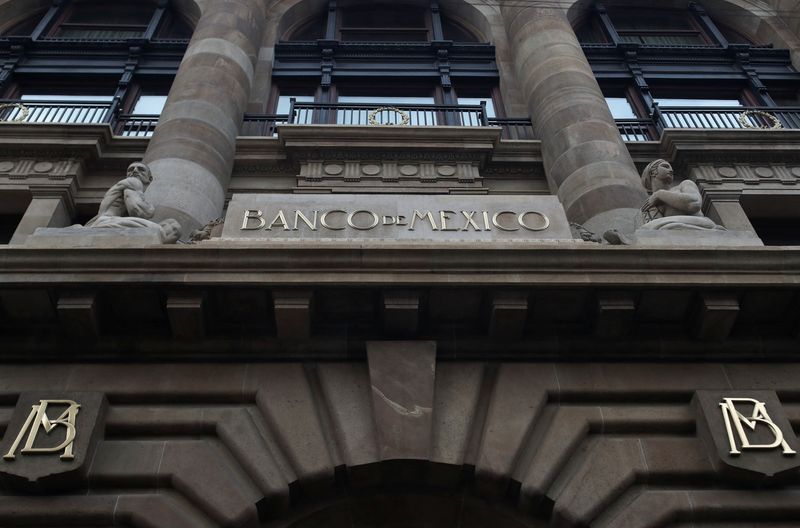Why bond investors favour Spain over France

By Yoruk Bahceli and Belén Carreño
(Reuters) – Investors have started demanding more compensation to lend money to France than they do to Spain, punishing France for not getting its ailing finances into order while rewarding its southern peer’s strong economy.
Those already favouring Spain were vindicated when France’s shock June-July elections dented recovery prospects.
It’s no small feat. Investors reckon Spain, seen as one of the euro zone’s weakest economies a decade ago, is becoming a safer bet than the euro zone’s second largest economy.
Here are four ways Spain is outperforming France:
1/ MILESTONE
France’s 10-year government bond yield rose above Spain’s for the first time since 2008 last week. On Tuesday, it was around two basis points below Spain’s.
That’s remarkable considering the gap between the two rose over 500 basis points at the height of the euro zone debt crisis in 2012, which saw Spain’s banks receive a European bailout.
Recently, “a lot of people moved into Spain from France,” said Gareth Hill, portfolio manager at Royal London Asset Management.
Hill said Spain, largely seen as part of the euro zone’s poorer ‘periphery’, may head towards “semi-core” status with bond investors — a label so far ascribed to France given its high credit rating and liquidity as the bloc’s largest bond market in terms of outstanding debt.
France’s bonds also yield more than Portugal’s, while the gap with Italy and Greece has narrowed sharply.
2/ PURSE STRINGS
France’s budget deficit risks rising above 6% of output, double the European Union’s 3% limit. Investors see little improvement under a minority government now rushing to find spending cuts and tax increases, throwing its longevity into doubt.
In contrast, the EU expects Spain’s deficit will reach 3% this year and is not recommending disciplinary measures as it has for France.
Spain’s government also lacks a majority that throws policymaking at risk, but paradoxically, it’s helping keep finances in check.
Advisory firm Teneo expects last year’s budget will be extended for a second time next year — the sixth time in 10 years one has been carried forward, limiting spending.
Spain has also cut its debt much faster than France post-pandemic. Its government expects a drop to under 103% of output this year, from around 120% in 2020.
France’s debt stood at 111% last year, versus 115% in 2020, but was forecast by the EU to rise to 114% in 2025 before the election.
3/ BOOMING GROWTH
Spain’s economy is growing faster than France’s thanks to buoyant tourism and a strong labour market boosted by immigration.
Its 2.7% expansion last year was nearly seven times faster than the euro zone average and compared to 1.1% growth in France. The French government expects growth of 1.1% again this year.
Contrast that with Spain, whose central bank now expects 2.8% growth this year, much higher than the 1.9% pencilled in at the start of 2024.
The EU’s COVID recovery fund is also key. Around four times more funds are earmarked for Spain than France.
“It’s hard to see Spain getting into either fiscal overdrive or deep consolidation. But what helps is simply high growth,” said Morgan Stanley’s chief Europe economist Jens Eisenschmidt.
In France, “it’s a dangerous combination, from the market perspective, of seemingly missing budget discipline and low growth,” he added.
4/ SCORECARD
Even with its lower debt and stronger growth profile, Spain is still rated 2-5 notches lower than France at A/Baa1/A- by sovereign credit ratings agencies S&P Global, Moody’s (NYSE:MCO) and Fitch.
Both Spain and France lost their top AAA ratings between 2009 and 2012.
But Spain, cut to as low as BBB-, one notch above junk, has seen four S&P upgrades and two by Moody’s and Fitch each since. France has only seen downgrades.
“It has always happened; the market moves first, rating agencies catch up,” said Barclays’ head of euro rates strategy Rohan Khanna. “If there is convergence across the (bond yield) curve, that is the market effectively telling us that Spain is rated on par with France.”







